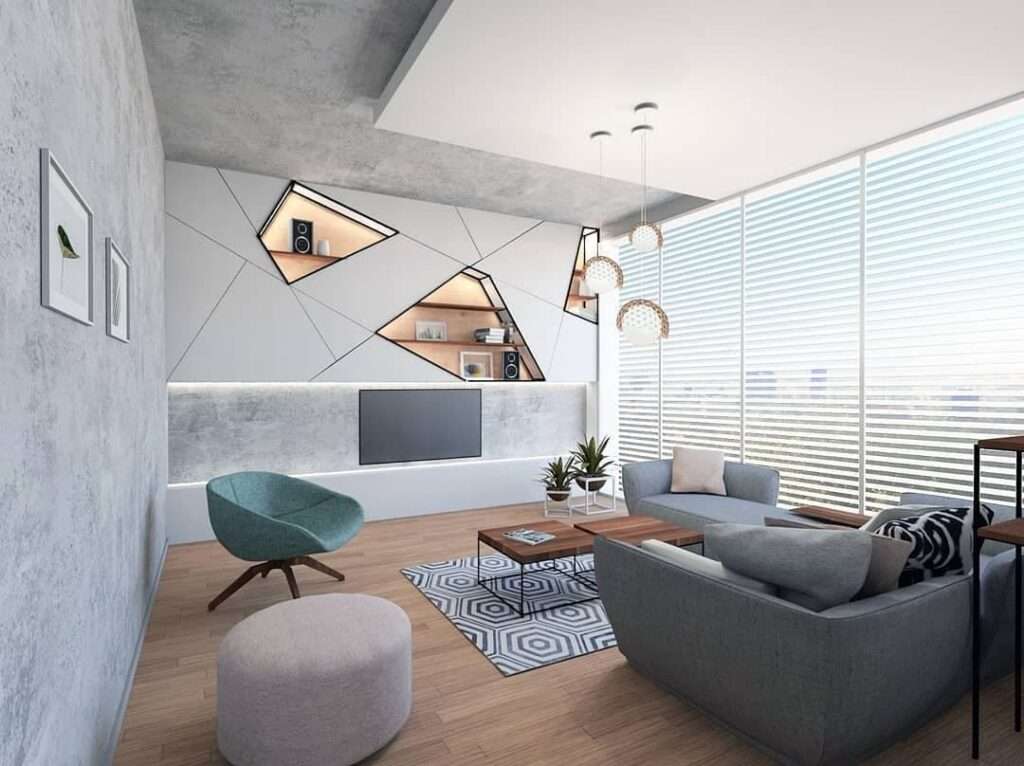
Interior Design: How to Transform Your Space with Style and Functionality
Are you looking to revamp your living space? Do you want to create a beautiful and functional home that reflects your personal style? Look no further than interior design! With the right tools and guidance, anyone can transform their home into a space that is both aesthetically pleasing and practical.
What is Interior Design?
At its core, interior design is the art and science of enhancing the interior of a space to achieve a healthier and more aesthetically pleasing environment for the people using the space. It involves the selection of colors, furniture, fabrics, and decorative accessories to create a cohesive and functional design.
Interior design can be applied to any space, whether it’s a single room or an entire house. The goal is to create a space that not only looks beautiful but also functions well for the people using it.
The Benefits of Interior Design
Investing in interior design has many benefits. Here are just a few:
- Creates a cohesive and harmonious living space
- Increases the functionality of a space
- Enhances the aesthetic appeal of a space
- Increases the value of a property
- Helps to reduce stress and anxiety by creating a relaxing environment
The Elements of Interior Design
To achieve a successful interior design, there are several key elements to consider:
- Color
Color is one of the most important elements of interior design. It sets the tone and mood for a space and can have a significant impact on the way people feel in that space. When choosing colors, it’s important to consider the purpose of the room and the overall aesthetic you’re trying to achieve.
- Lighting
Lighting is another essential element of interior design. It can create a warm and inviting atmosphere, highlight architectural features, and even impact the way colors appear in space. Proper lighting is essential for both the function and aesthetics of a space.
- Furniture
Furniture is a crucial element of any interior design project. It not only provides functionality but also contributes to the overall style and aesthetic of a space. When choosing furniture, it’s important to consider the size of the room, the layout, and the purpose of the space.
- Textures and Patterns
Textures and patterns can add depth and dimension to a space. Whether it’s a plush rug or a bold wallpaper, incorporating textures and patterns can create a unique and interesting design.
- Decorative Accessories
Decorative accessories are the finishing touch in any interior design project. They can add personality and character to a space and tie together the overall design. When choosing accessories, it’s important to consider the scale, color, and style of the other elements in the room.
Frequently Asked Questions
Q: How do I choose the right colors for my space?
A: When choosing colors, it’s important to consider the purpose of the room and the overall aesthetic you’re trying to achieve. For a calming and relaxing space, opt for cool, muted colors like blues and greens. For a more energizing space, consider brighter colors like yellows and oranges.
Q: How can I make a small room appear larger?
A: There are several ways to make a small room appear larger. One trick is to use lighter colors on the walls and ceiling to create the illusion of more space. Additionally, incorporating mirrors and maximizing natural light can also make a small room feel more spacious.
Q: What’s the difference between modern and contemporary design?
A: While the terms modern and contemporary are often used interchangeably, they actually refer to two different design styles. Modern design refers to a specific time